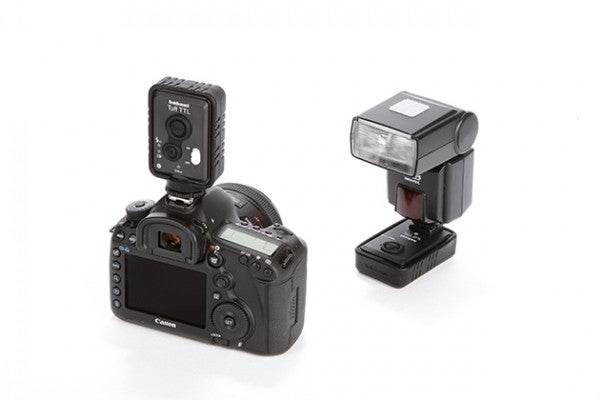In this article we look at TTL flash system, providing a guide to what it is for and how it works
We are all familiar with the effect of flash illumination when taking photographs in limited light, but the way that light is managed can make a big difference. TTL is a through the lens flash; not flash through the lens (although that’s an interesting idea in its own right) but TTL metered flash. In other words, the power of the light released by the flash is determined by the camera’s TTL metering system. This requires a matching dedicated flash unit.
The benefit of TTL metering for flash is the same as with TTL metering in general. The camera’s exposure meter evaluates the brightness of the light that the film or image sensor records. Modern TTL metering systems are now so sophisticated that they can help identify the type of scene being photographed and adjust exposure and other parameters.
TTL flash works like this: when the shutter button is released the lens iris is set to the taking aperture and the flash fires at least once and, depending on the system, possibly a second time. The flash and ambient light are reflected by the subject through the camera lens and then metered by the camera’s TTL metering system. The flash power is adjusted accordingly.
There are several types of TTL flash. The earliest film SLR systems measured light reflected off the surface of the film and shuttered the flash output off in real time once the calculated amount had been reached. This is sometimes referred to as analogue TTL flash, or A-TTL. A benefit of A-TTL is the ability for the system to cope well with fast-changing lighting conditions. However, one problem with it is that some film emulsions reflected less light than others, causing exposure errors that required compensation settings.
A digital camera TTL flash system, often known as E-TTL, involves firing a pre-flash before the actual exposure. While the shutter is still closed, the pre-flash scene brightness is measured and the exposure pulse power calculated. This results in added latency and some seasoned photographers lament the passing of A-TTL in the digital era.





